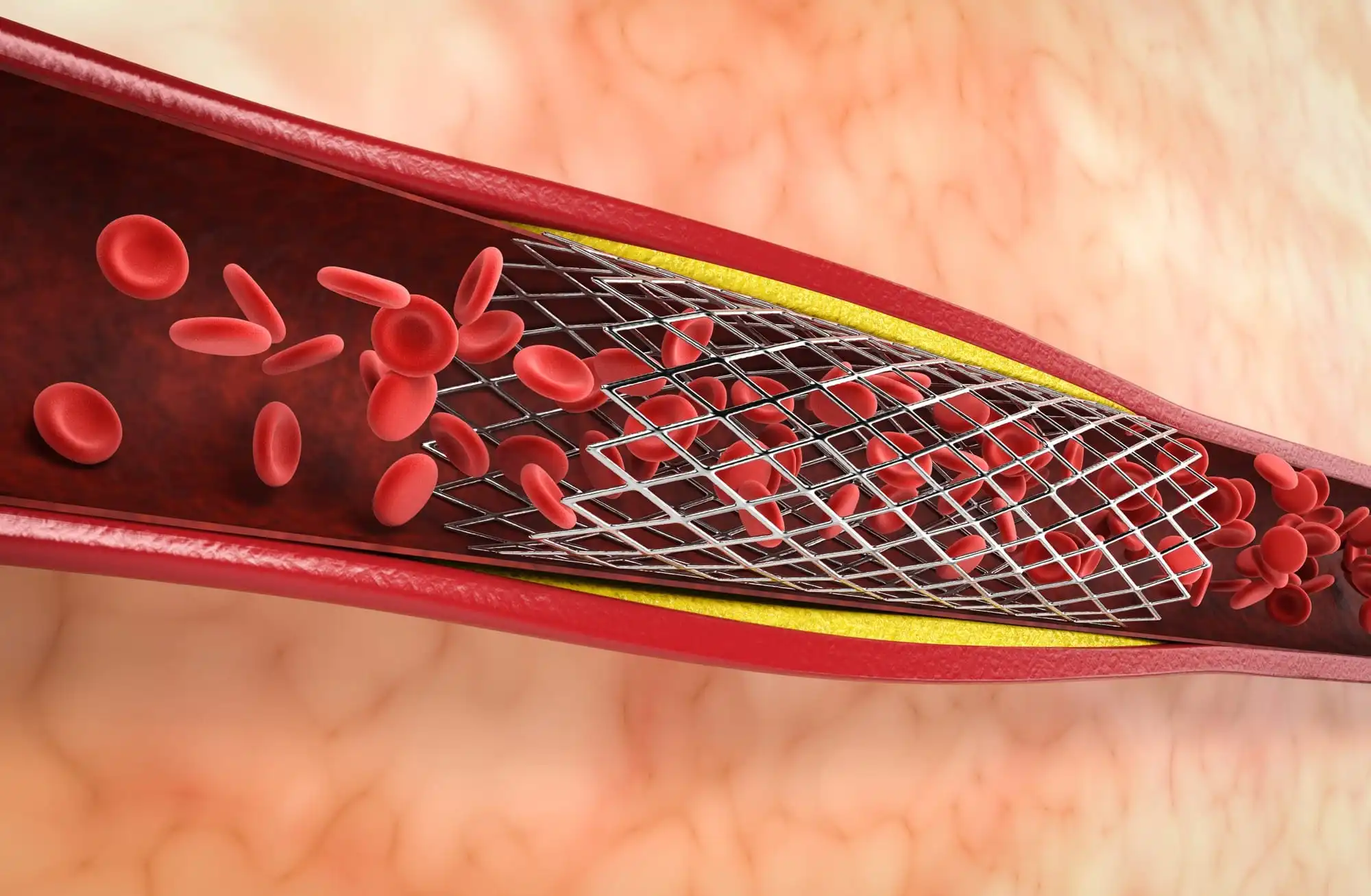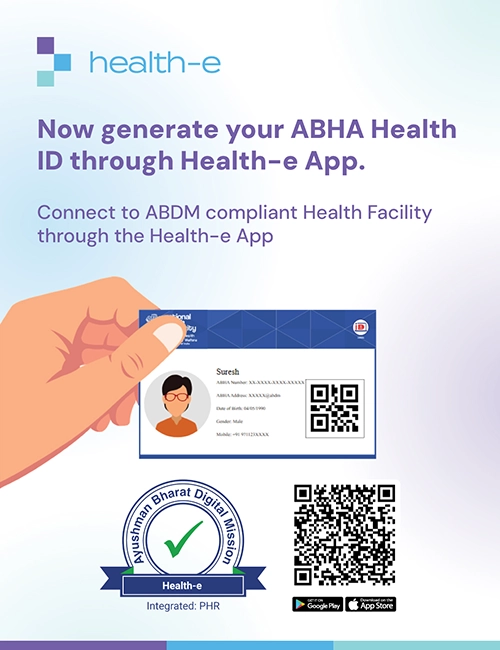A minimally invasive technique, angiography, utilises X-ray imaging with a special contrast dye to get a clear picture of your blood vessels. This allows doctors to diagnose issues like blockages, narrowed arteries, and bulges (aneurysms). Beyond diagnosis, angiography can even treat certain conditions affecting your arteries, such as those in the heart (coronary) and legs (peripheral).
In this blog, we’ll delve into angiography, including its cost breakdown, procedure, types, and much more – so keep reading!
Types of Angiography Procedures(And Its Prices)
-
Coronary Angiography
Coronary angiography is a common procedure that uses X-rays to check the health of your heart’s blood vessels. This helps doctors see if there’s any blockage or narrowing, which can be a sign of coronary artery disease, a leading cause of health problems. Coronary angiography can also help doctors plan treatments like angioplasty or bypass surgery. In India, the cost of this procedure typically ranges from Rs. 20,000 to Rs. 60,000.
-
Cerebral Angiography
Cerebral angiography is a type of X-ray procedure that looks closely at the blood vessels in your brain. It helps doctors diagnose conditions like stroke, brain aneurysms, and malformations in the blood vessels. This information can also be used to plan treatments for these conditions. The average cost of cerebral angiography in India is typically between Rs. 25,000 and Rs. 40,000.
-
Renal Angiography
Renal angiography is a minimally invasive X-ray imaging technique that visualises the blood vessels of the kidneys. It is used to diagnose blockages or narrowing (stenosis) of the renal arteries, which can affect blood flow to the kidneys. Renal angiography can also be used to guide procedures that open up these narrowed arteries, such as angioplasty with stenting. The cost of renal angiography in India typically ranges from Rs. 15,000 to Rs. 30,000.
-
Pulmonary Angiography
Pulmonary angiography is an X-ray imaging technique that uses a contrast dye to examine the blood vessels in your lungs. This procedure is particularly helpful in diagnosing pulmonary embolism, a blockage of a lung artery by a blood clot. It can also be used to guide treatments to dissolve or remove the clot, and assess other blood vessel abnormalities like malformations or narrowing. While the cost in India can vary, it typically ranges between Rs. 20,000 to Rs. 35,000.
-
Hepatic Angiography
Hepatic angiography is a minimally invasive procedure that uses X-ray imaging to examine the detailed anatomy of the liver’s blood vessels. This helps diagnose various liver conditions including cancer, cirrhosis, and portal hypertension. In some cases, hepatic angiography can also be used to guide minimally invasive treatments like chemoembolisation or radioembolisation to target liver tumours. The cost of hepatic angiography in India can vary depending on the facility and complexity of the procedure but typically ranges between Rs. 25,000 and Rs. 45,000.
-
Reproductive Angiography
Doctors can use a procedure called reproductive angiography to look at the blood vessels in the reproductive system. This involves taking X-ray pictures after a special dye is injected. It can help find causes of female problems like fibroids, endometriosis, and pelvic congestion. Reproductive angiography can also be a helpful tool during some treatments, like blocking blood flow to fibroids or abnormal veins. The cost of this procedure in India typically falls between Rs. 30,000 and Rs. 50,000.
Angiography Test Price in Various Indian Cities
| CITY | CONVENTIONAL ANGIOGRAPHY(INR) | CT ANGIOGRAPHY(INR) |
|---|---|---|
| Bangalore | ₹25,000 | ₹12,000 |
| Hyderabad | ₹20,000 | ₹9,000 |
| Chennai | ₹25,000 | ₹10,000 |
| Mumbai | ₹35,000 | ₹15,000 |
| Gurgaon | ₹25,000 | ₹12,000 |
| Pune | ₹20,000 | ₹8,000 |
| Delhi | ₹20,000 | ₹8,000 |
Factors Influencing the Angiography Cost in India
Understanding the various factors influencing an angiogram’s cost in India can help you plan for this crucial medical procedure. Here’s a breakdown of the key elements:
-
Type of Angiography:
- Coronary Angiography: The most common type, examining heart arteries.
- Cerebral Angiography: Focuses on blood vessels in the brain.
- Peripheral Angiography: Examines vessels in arms, legs, and other peripheral areas.
- Pulmonary Angiography: Visualises blood vessels in the lungs.
The cost varies depending on the specific type needed.
-
Hospital/Clinic Choice:
Premier hospitals and clinics in metros often charge more than smaller or government hospitals in less urban areas.
-
Geographic Location:
Healthcare services are costlier in metropolitan cities like Delhi, Mumbai, or Bangalore compared to smaller towns or rural areas.
-
Doctor’s Fees
The experience and reputation of the performing cardiologist or radiologist can affect the cost. Highly qualified specialists may charge higher fees.
-
Room Type and Stay Duration
Overnight stays involve choosing a room type (general ward, semi-private, private) and impact the overall cost.
-
Pre-Procedure Tests:
Additional blood tests, ECG, or chest X-rays before angiography add to the cost.
-
Angiography Technology:
The type of equipment used can influence the cost. Advanced technology and state-of-the-art facilities might be more expensive.
-
Medications and Supplies:
The cost may include medical supplies and contrast dyes used during the procedure.
-
Medical Insurance:
Medical insurance can significantly reduce out-of-pocket expenses. The coverage extent and insurance plan determine patient costs.
-
Additional Procedures:
If angiography identifies issues, further treatments or procedures might add to the cost.
-
Post-Procedure Care:
There may be costs associated with recovery and follow-up appointments after angiography.
-
Patient’s Health Condition:
Overall health can impact the cost. Complications or specialised care needs can increase expenses.
-
Negotiation Skills:
In some cases, patients or families can negotiate the cost with the hospital, especially for out-of-pocket payments.
When Will the Doctor Ask You to Get an Angiography?
A doctor might recommend an angiogram if:
- There are signs of a blocked or narrow artery, like abnormal stress test results.
- Someone is experiencing new or unusual chest pain.
- The person has a history of stroke, heart attack, or heart failure.
- There are other health issues that could affect the blood vessels.
Stay proactive about your health. Download Health-e to keep track of your angiogram results and collaborate effectively with your healthcare team.
Procedure for Angiography
Angiography is a medical procedure used to visualise the blood vessels in various parts of the body, typically to diagnose conditions like blockages, narrowing, or abnormalities. Here’s what you can expect before, during, and after an angiography:
Before Your Procedure:
- Medical Check-up: Your doctor will discuss your medical history, allergies, medications, and past procedures to assess your suitability for angiography.
- Prep Work: You might need to fast for several hours before the procedure to ensure an empty stomach.
- Bloodwork: Blood tests may be done to check your kidney function and blood clotting ability.
- Informed Consent: You’ll be given detailed information about the procedure and its risks and benefits. Signing a consent form confirms your understanding and willingness to proceed.
During the Angiography:
- Getting Ready: You’ll change into a gown and lie comfortably on an X-ray table.
- Local Anesthesia: The area where the catheter is inserted (usually groin or wrist) will be numbed with local anesthesia to minimise discomfort.
- Catheter Insertion: A thin, flexible tube (catheter) is inserted into your artery and carefully guided towards the target area for examination.
- Contrast Injection: A special dye (contrast) is injected through the catheter to highlight your blood vessels in the X-ray images. You might feel a warm flushing sensation briefly.
- X-ray Imaging: Multiple X-ray images are taken as the contrast dye flows through your blood vessels, providing detailed pictures of your vascular system.
- Monitoring: Your vital signs (heart rate, blood pressure) will be closely monitored throughout the procedure.
- Communication: It’s important to remain still and follow instructions from the medical team to ensure successful imaging.
After Your Procedure:
- Recovery Room: You’ll be moved to a recovery area for observation and asked to lie flat for a while to minimise bleeding from the insertion site.
- Monitoring: You’ll be closely monitored for any complications like bleeding or allergic reactions to the contrast dye.
- Going Home: Once your condition is stable, you’ll receive post-procedure care instructions, including activity limitations and medication information.
- Follow-up Appointment: You’ll likely schedule a follow-up visit with your doctor to discuss the angiography results and determine any further treatment plans.
Interpreting the Results
An angiogram acts like a detailed picture of your blood vessels. Clear, healthy vessels show unrestricted blood flow. Blockages or narrowing can indicate potential issues like peripheral artery disease or an increased risk of stroke. The doctor will assess the location, severity, and extent of these abnormalities to determine the best treatment plan. This could range from lifestyle changes to surgery. Angiogram results provide valuable information for diagnosing and managing various vascular conditions.
Don’t let important test results get lost in the shuffle. Take control of your health with Health-e, the ultimate PHR app. Download now!




